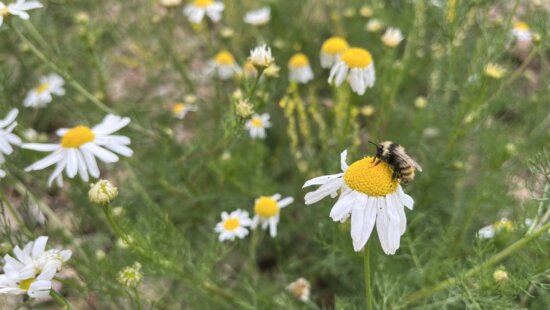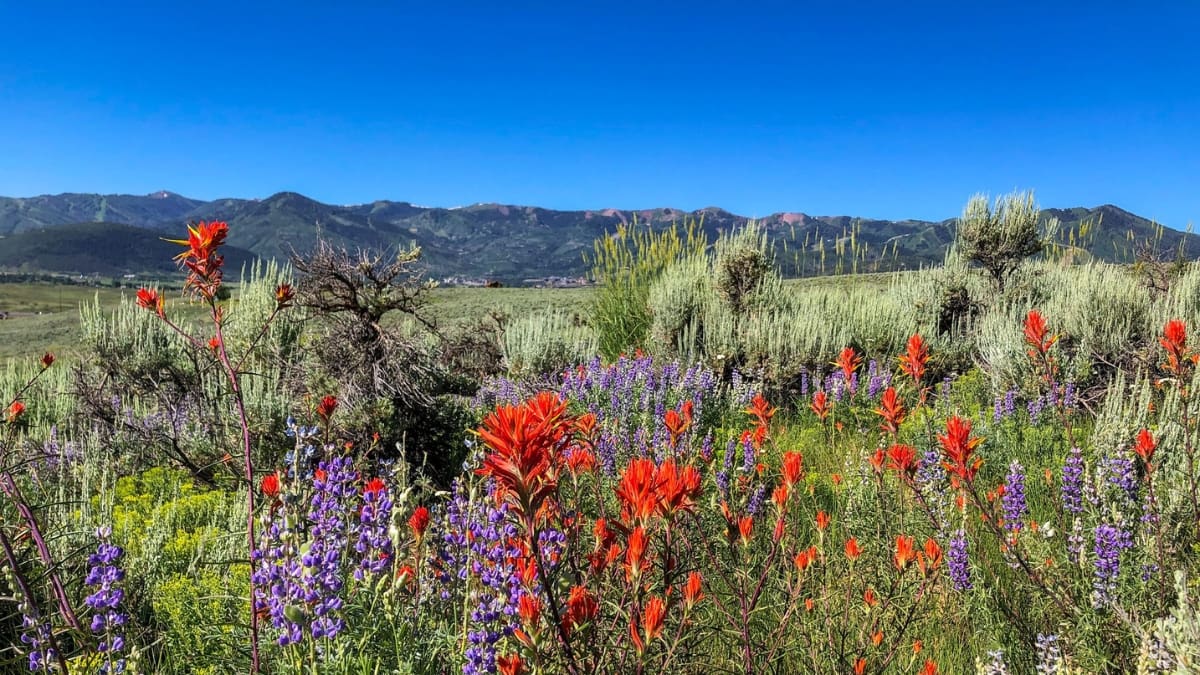Environment
Wildflower Wednesday: Dusk‑blooming primrose paints the Wasatch in pink and white
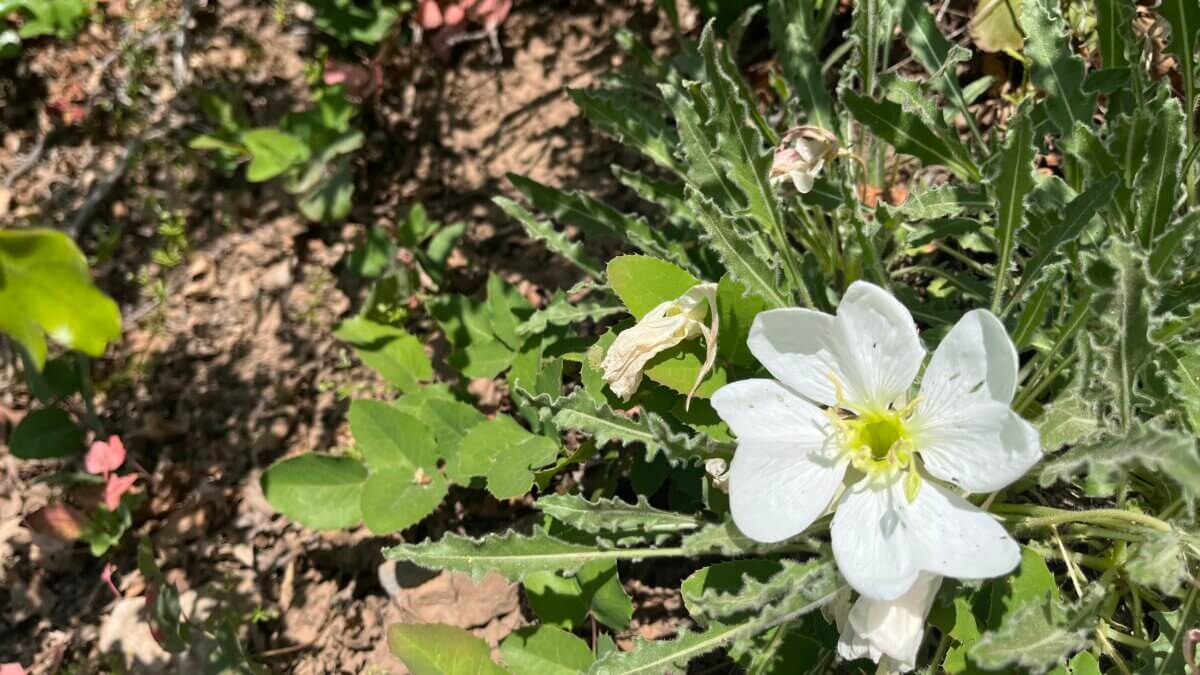
Tufted evening primrose (Oenothera caespitosa) brightens a sun‑baked trail in Park City’s foothills. Photo: Rebecca Brenner
PARK CITY, Utah — Hikers lingering past sundown along Park City’s trail network are catching a nightly performance: snowy disks of tufted evening primrose flash open at twilight, turning the sagebrush hillsides into a temporary constellation of white.
According to the US Forest Service, the low-growing perennial Oenothera caespitosa sits almost stemless in gravelly soil, its rosette of serrated leaves hugging the ground, where little else will take root. Each flower spans three to four inches and releases a sweet fragrance, meant for the dark hours, which complements the showy appearance the plant reserves for cooler evenings.
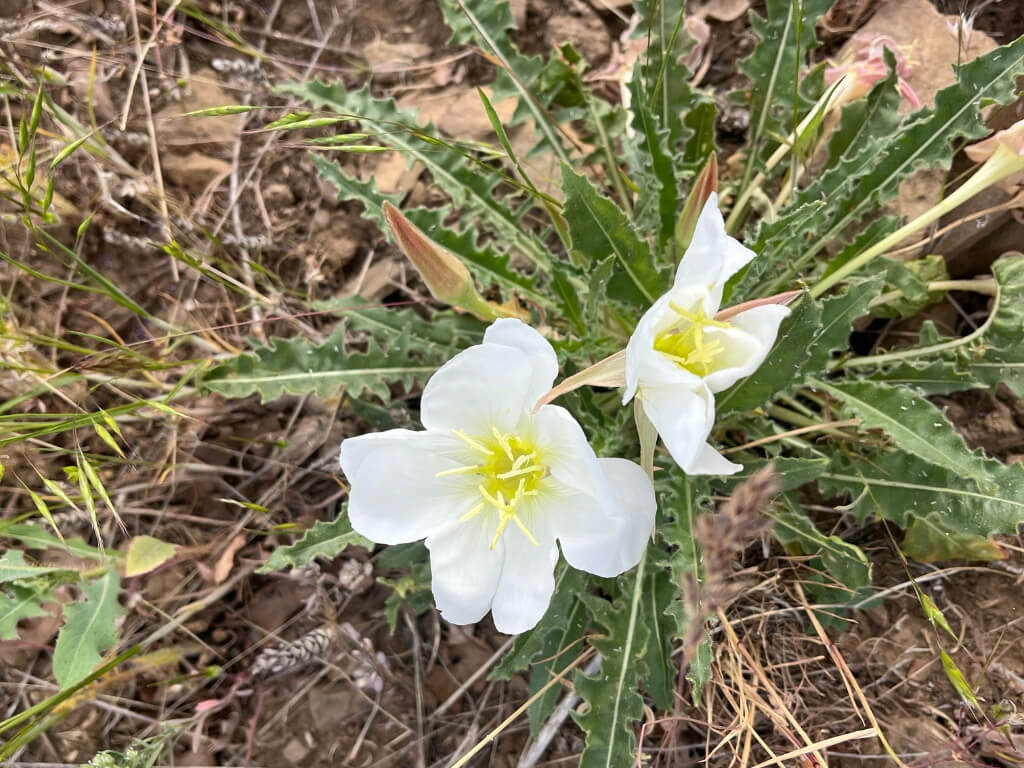
Once open, the four heart-shaped petals perform a quick costume change: they start pure white, then blush pink as the bloom ages, a shift visible by mid-morning before the petals wither, notes Conservation Garden Park. The single-night schedule isn’t random. Hawk moths, equipped with long tongues, find the flowers by scent at dusk and serve as the plant’s primary pollinators, according to botanists at Capitol Reef Field Station.
The species thrives where resources are scarce. U.S. Forest Service botanists note that the primrose favors sunny, dry, infertile sites across the Intermountain West — the same rocky benches and roadcuts common in the Wasatch Back. Utah State University’s EcoRestore database places the flower between 3,000 and 10,000 feet, squarely within Summit County’s elevation band.
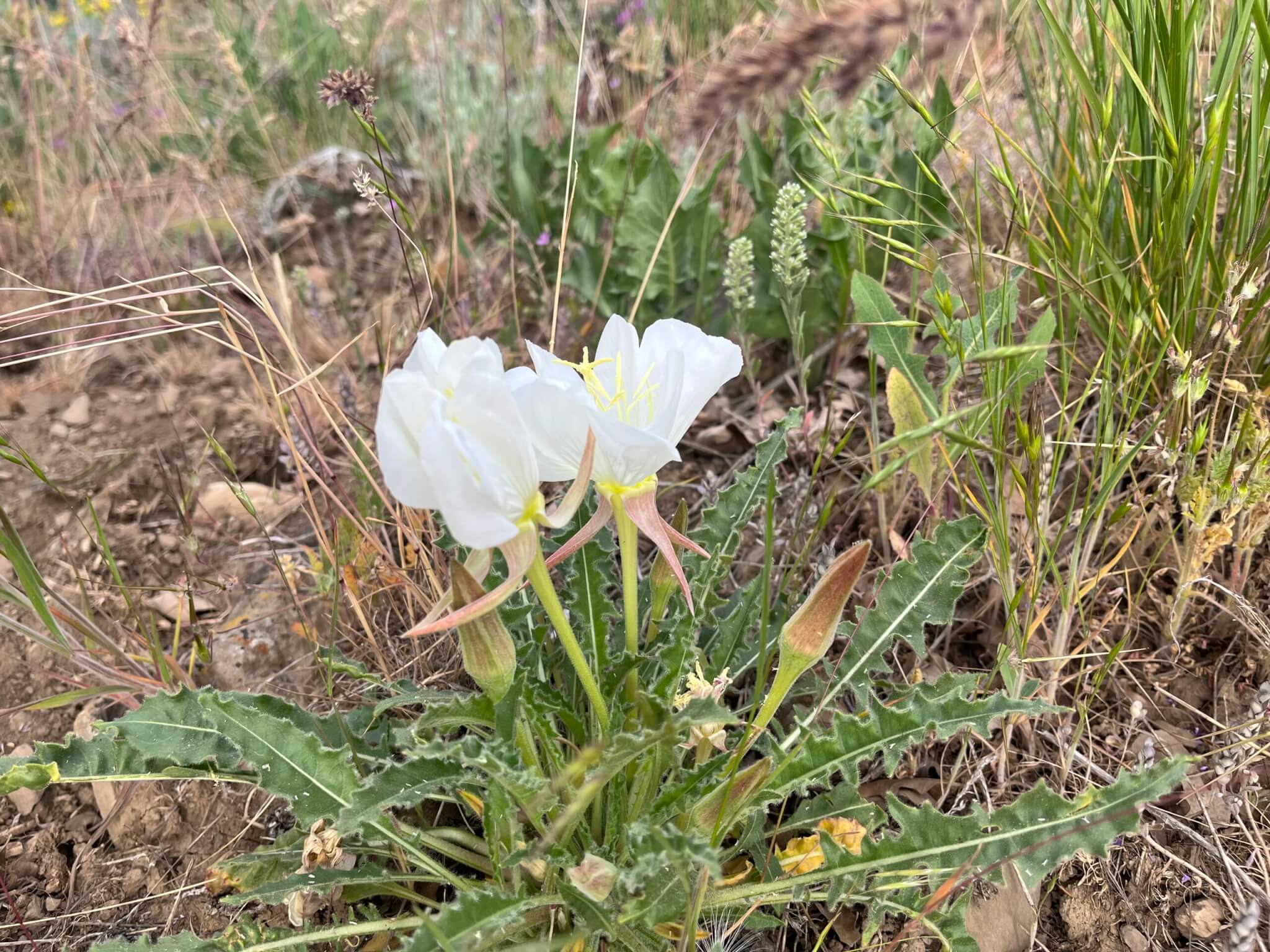
Because each blossom lasts only one night, land managers ask visitors to leave the primrose in place; plucking a flower removes both a pollinator food source and next year’s potential seed. The petals wilt quickly once detached, the Forest Service notes, eliminating any value as a take-home souvenir.
TownLift’s Wildflower Wednesday series will continue tracking late-season blooms. Have photos/videos of Park City’s night sky? Share with tips@townlift.com for a chance to be featured!

















